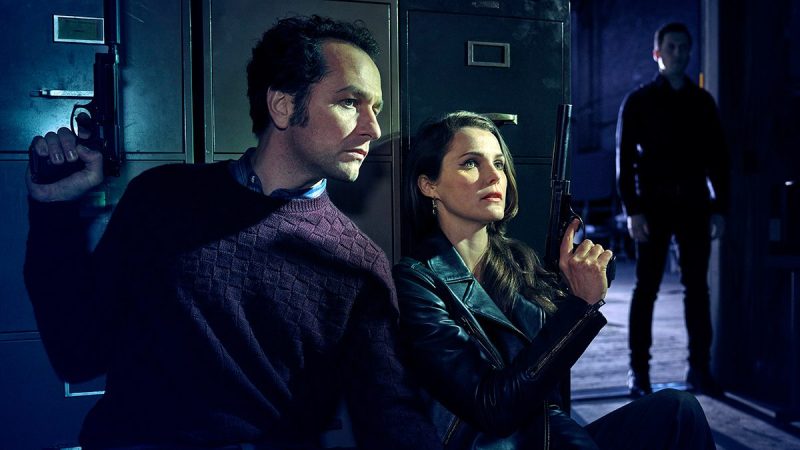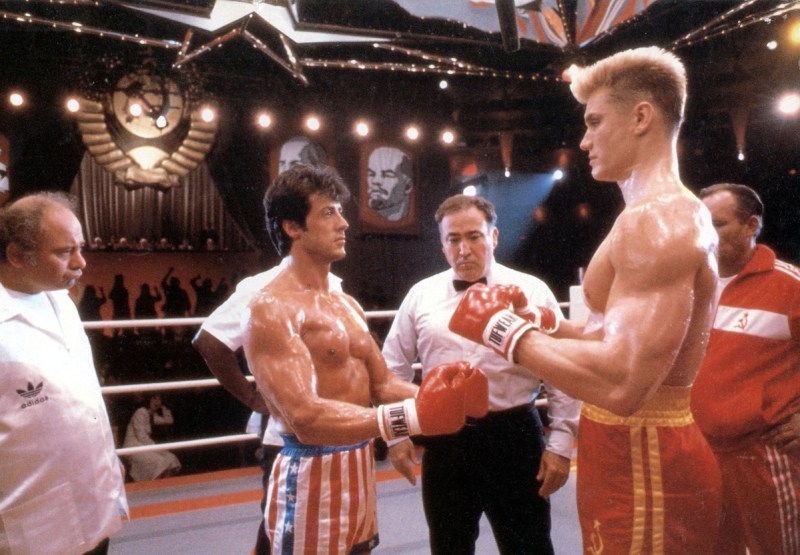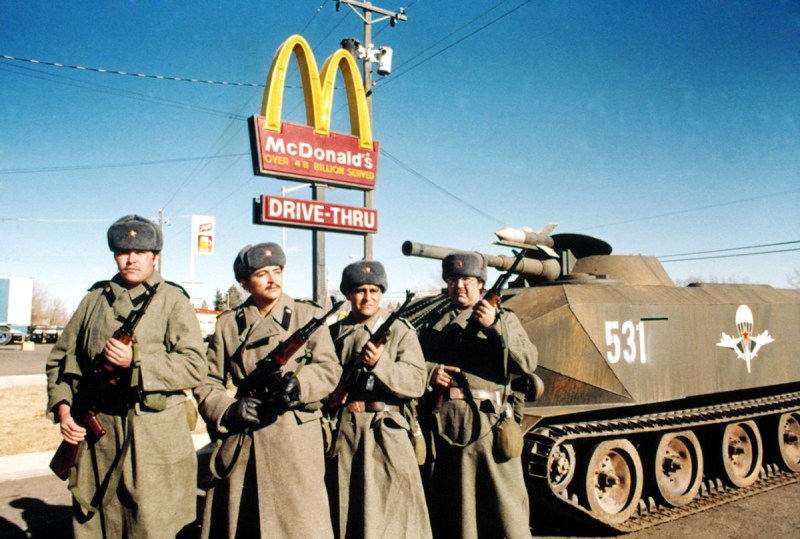
Kellie Ell for RealClearLife
Russian villains have been mostly dormant in pop culture since the end of the Cold War, but like the best sleeper agents, they may be ready to be brought back in circulation by recent current events.
Amid Congressional hearings into allegations that the government of Russian president Vladimir Putin may have tampered in the 2016 U.S. presidential election, there are signs that film, television and books may tap into the malaise felt by many Americans. There is a school of thought, though, that those sorts of storylines may be a little too radioactive right now for a public looking for escapism.
“Russian villains in pop culture came after the Cold War. They didn’t completely go away even after the Soviet Union went away,” Robert Thompson, director of the Bleier Center for Television & Popular Culture at Syracuse University told RCL. “It’s a trend that is going to further accelerate, with villains from the Cold War, Soviet Union and Soviet Union-like villains.”
At least one television show, though, has benefited from timing.
Now in its fifth season, the critically-acclaimed television series, The Americans, follows two KGB sleeper spies in an arranged marriage in the suburbs of Reagan-era Washington, D.C., as they try to balance raising their American family while remaining devoted to Mother Russia.
Executive producers and co-showrunners Joe Weisberg and Joel Fields say that while they find the parallels between real life and their creation interesting, the show is ultimately a period piece set in 1980s.
“We write the show in a ‘creative bubble’ that hermetically seals out anything from the present day, so current real life politics can’t impact how we tell the story,” they said in a statement. “That said, the audience is living in the present day, so of course we know that the experience of watching the show can be very much impacted by current world events. We hope that the show will trigger a lot of fresh views and debates for those watching.”
Weisberg and Fields pointed out that the show’s main characters, Philip and Elizabeth Jennings, are actually the protagonists, perhaps boosting the show’s appeal. Nevertheless, the duo said they think American audiences’ fascination with the Russian government will fade soon.
“We think it’s a fad,” they said in the same statement. “Lucky for us, we hit the wave at the right time.”
But in fact, there is a long history of portraying Russians as the villains on the big and small screen. The movie theaters of the ’60s were filled with Cold War parables exemplified by The Manchurian Candidate (1962) James Bond had battled Soviet agents from 1963’s From Russia With Love to 1995’s Goldeneye. Sylvester Stallone’s famous boxer battled a 6-foot-5 Russian stereotype in Rocky IV (1985).

And the 1984 action movie Red Dawn depicted Soviet soldiers invading middle America, opposed by some good old red- (white- and blue-) blooded teens who set out to stop them. (It’s interesting to note that the 2012 remake of Red Dawn was scripted to pit a new generation of teens against an invasion by the Communist Chinese — only to be digitally changed in post-production to North Koreans to avoid alienating a major movie market.)
Even The Rocky and Bullwinkle Show, airing during the height of the Cold War in the 60s, may have centered on an adorable cartoon moose and squirrel, but also featured two Russian-like spies as their adversaries.
“It’s a Cold War tradition to villain-ize Russians,” said Monica Castillo, a film writer for the New York Times.
Throughout other mediums it’s still easy to find Russian antagonists. The widely popular Valiant comic series Divinity, which was first published in 2014, long before the election controversy, follows Soviet-era cosmonauts as they return to Earth and find the Soviet Union no longer exists. The most recent installment, Divinity III: Stalinverse, in which a parallel universe exists that is ruled by the Soviet Union, has had sold out over multiple printings.
“The Russian theme has played out over the last 30 years,” said Warren Simons, Valient’s editor in chief. “Those who came of age in the 1980s and early 1990s are used to seeing Russians in pop culture as the antagonist.”
Simons said they’ll continue to tell stories even in the current political climate.
“It’s not an attempt to vilify Russians as much as it is to tell stories, sometimes with Russians,” he said. “We’re not going to run away from the story.”

But Russians haven’t always been the enemy of choice. Everyone loved to hate Fu Manchu, the fictional Chinese character, in the 1930s. After World War II the Germans and the Japanese took center stage. A brief emergence of terrorists as antagonists appear in the 1990s, which quickly disappeared after 9/11 out of fears of any perceptions of either being too jingoistic or trivializing real-life terrorism.
“People want the villain to have some kind of relevance,” Thompson said. “We’re not going to have our villains be Canadians.”
Meanwhile, Russia’s popularity in general has been waning in recent years. In a recent Pew survey, even before the election, only 30 percent of people outside of the Motherland view the nation favorably. Still, there’s no guarantee studios and producers in charge of big budget flicks will want to tread too deep. Russia represents the seventh biggest movie market in the world — a fact that Hollywood studio heads won’t be forgetting anytime soon.
While it’s unclear who will be the next round of evildoers, Thompson said those who are offended by Russians as villains, such as a segment of the the far right, will just have to grin and bear it.
“People may not like it, but I don’t think it’s going to go way,” he said. “I’m sure some people will complain. But not a lot of people from the far right will be the people who are making movies.”
Kellie Ell for RealClearLife
This article was featured in the InsideHook newsletter. Sign up now.























